More reason to wonder and worry about some fast and loose dealings with the public purse for programs to address homelessness – and we’ll get to that in short order.
First some good news that comes from Pomona but recalls better days at LA City Hall.
Chalk up a win for former Los Angeles City Administrative Officer Miguel Santana in his role as chief executive of Fairplex, home of the annual LA County Fair.

Santana took the helm of Fairplex, which oversees 500 mostly undeveloped acres on the eastern edge of LA County, two years ago, when the outfit faced a crisis of confidence. Santana’s predecessor, Jim Henwood, left the top post after nearly 20 years, with questions over his annual compensation of more than $1 million and grumblings about a tough financial picture for the organization following him out the door.
Santana makes about half as much.
A recent annual report on Fairplex operations for 2018 showed a return to financial health, with annual revenue of nearly $70 million, roughly even with a year earlier; net operating income of $8.1 million, an increase of nearly 56%; and an increase in net assets of $611,000, compared with a decrease of $3.1 million the prior year.
Fairplex also finished 2018 with a rainy-day reserve of about $500,000.
A bond credit swap helped boost the bottom line via financial accounting, but the overall numbers nevertheless point to significant improvements in actual operations.

You can go here to find Fairplex’s 2018 Annual Report and 2018 Financial Report, separate documents that combine to give a clear picture of how the nonprofit handles its business.
Analyze This on Paloma Street
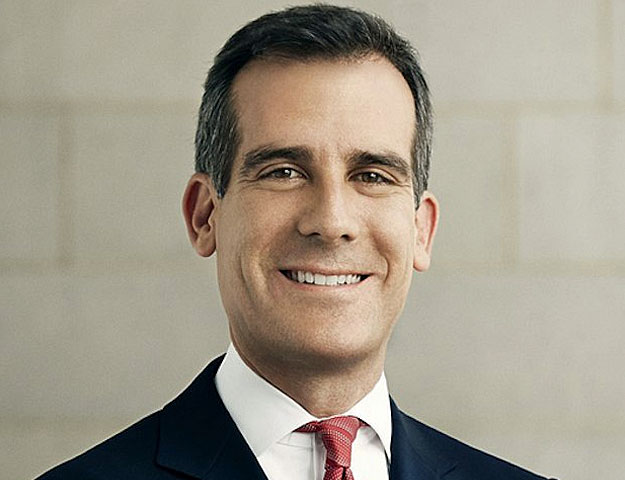
Things are different at LA City Hall, where Mayor Eric Garcetti is apparently comfortable with a revised deal that cuts the amount of space the city gets in a lease for a homeless shelter in half but keeps a monthly rent of $35,000 in place for the property owner.
That’s the word from Alex Comisar, who serves as press secretary for Garcetti and recently ended a months-long refusal by the administration to answer various queries by SullivanSaysSoCal about the deal for the space at 1426 S. Paloma Street, on Downtown’s industrial edge.
“Once the useable square footage was reviewed and re-determined, the cost per square foot was also reformulated,” Garcetti spokesperson Comisar told SullivanSaysSoCal via email.
Comisar later sent along an additional comment claiming the “reformulated” – and, by the way, much higher – cost per square foot in the new terms is within “fair market range” based on the city’s “analysis.”
But what the mayor’s office calls “analysis” from the city’s Department of General Services amounts to a simple declaration of a “fair market rental range” of 88 cents to $2.95 per square foot. The declaration is accompanied by a list of rental rates from more than 30 properties, with some as far as two-and-a-half miles away from the Paloma Street property.
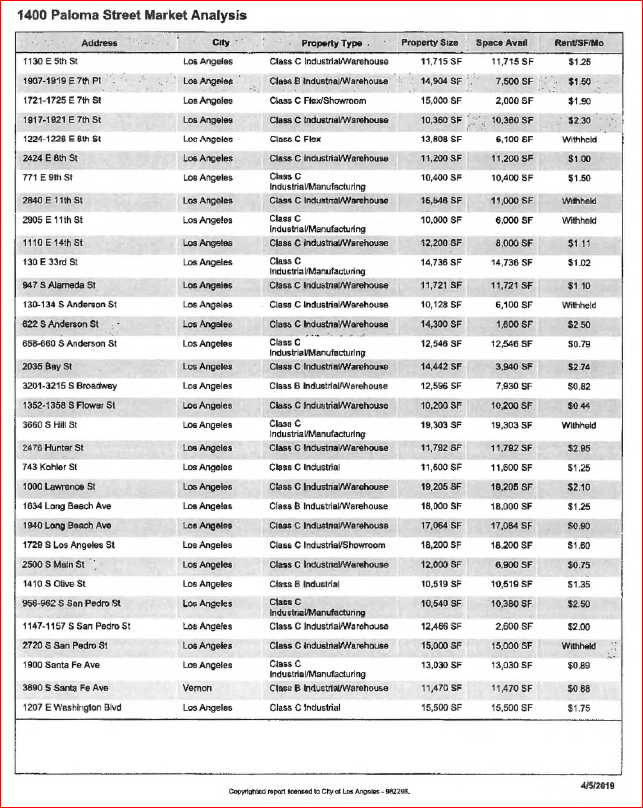
The report includes no attempt to analyze the real estate market or anything else. It did not offer any explanation of why the top of the range is 48% higher than was cited in an earlier report – which was produced by the same city department in September and listed an incorrect total of square footage. Nor does it explain why a listing of 44 cents per square foot – or 75 cents or 79 cents or 82 cents – wasn’t taken as the low point of the range.
The latest report lists an address of 1400 Paloma – different from the property in question but perhaps a reference to the block in general. It carries a notation indicating that the “analysis” was licensed by the city, but gives no specific source or any factor to support the contention of a dramatic rise in the market since the second half of last year.
Questions on the lease agreement were raised as far back as SullivanSaysSoCal’s column of March 5, which noted that city documents on an initial deal for the property listed twice as much space as would actually be leased. That meant the city actually would be paying about twice as much per square foot compared with the price that was quoted in the public document.
City Hall soon set about reworking the deal with terms that reflect the fact that the city will only be leasing half the space while maintaining the same monthly rent of $35,000.
Columnist’s View
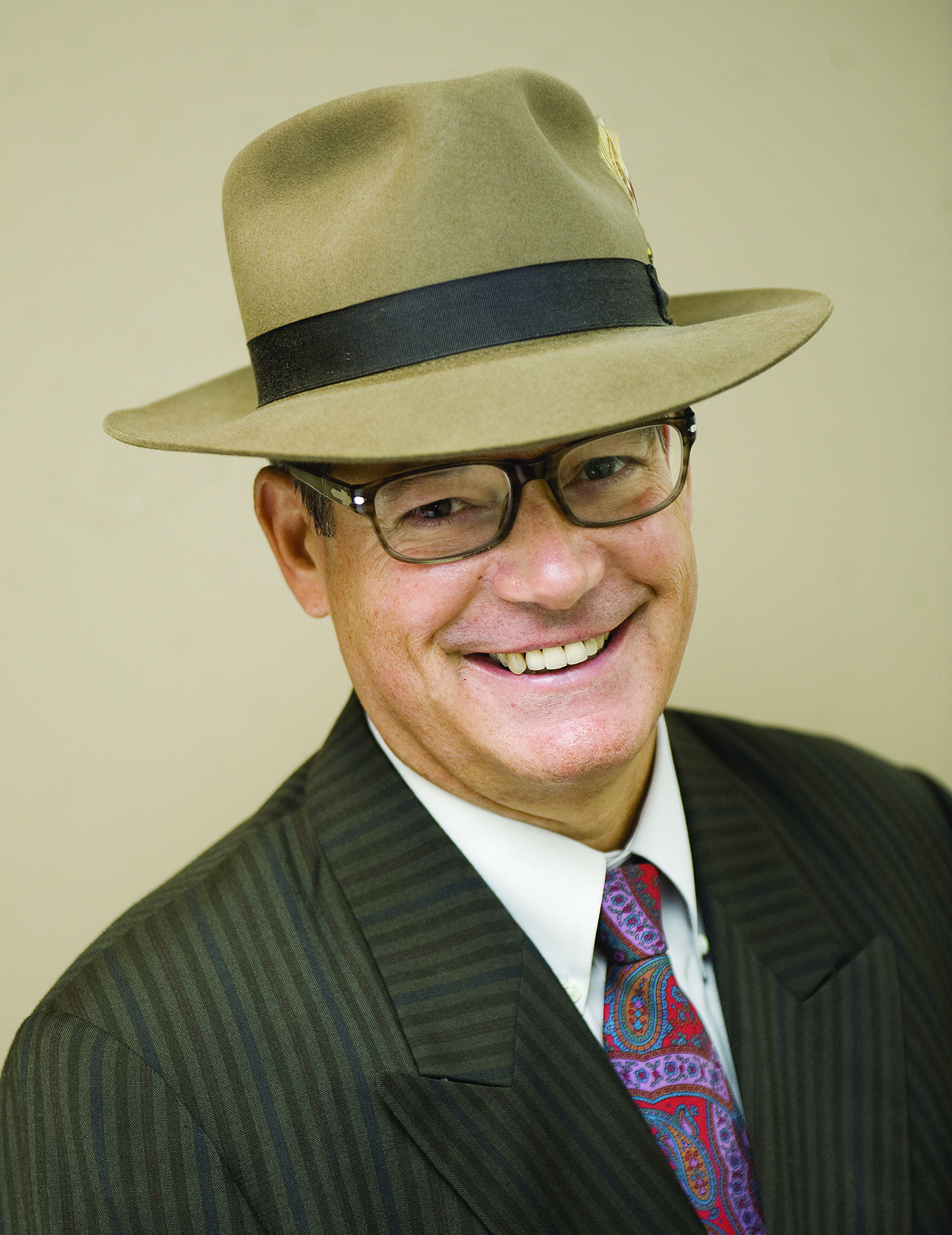
I’ll cut from reporting to some analysis and opinion here, starting with this:
Any mayor who’s been to the London School of Economics, where Garcetti once studied, ought to ensure his administration has a better sense of what constitutes a market analysis.
Allow me to step onto Garcetti’s turf here and do some political analysis.
Market information from major real estate firms offer data that differs greatly from the city’s, and experienced commercial brokers who specialize in Downtown’s warehouse segment scoff at the city’s range for the Paloma Street lease.
That raises the question of why city officials would sign off on a report that claims to have determined a fair market rental range based on a such a demonstrably sketchy “analysis.”
The most obvious explanation might be that the city got caught in an error on the square footage involved and officials either didn’t want to admit the mistake or were obligated to stick with total price regardless.
The city could have applied the same price per square foot it had determined as fair in its earlier report to the smaller amount of space and paid about $17,500 a month – a savings of about the same amount every month.
City officials instead ordered up a new report, looking farther and wider to find data they used to justify paying twice as much.
Were city officials so reluctant to admit an error that they engaged in what looks like an almost childish attempt at a cover up?
Or was there some reason that city officials were obligated to pay $35,000 a month regardless of the market?
More next week.
Huizar’s Omission
You might be surprised that whatever is going on with the Paloma Street deal would be taking place while the FBI and IRS are busy investigating City Hall for corruption.
You’ll be even more surprised by how 14th District representative Jose Huizar – who has already seen two of his offices and his home raided by the feds, and is the chief proponent of the Paloma Street deal – presented the latest twist to his constituents.
This is from his monthly Team Huizar newsletter:
“In April, the Los Angeles City Council voted unanimously (10-0) calling for approval of the final signed lease and sublease for temporary emergency housing at 1426 Paloma Street. Councilmember Huizar introduced a motion in January calling for the lease agreement and Council earlier gave City staff approval to negotiate a lease with the property owner at its February 26, 2019 meeting. April’s action includes lease terms.”

Huizar didn’t mention that he had voted to approve and claimed credit for Paloma Street as a done deal back in February. Or that there were lease terms for that deal, too, including the mistake on the square footage.
He also left out the flurry of action that led to the second agreement to cover over the earlier error and maintain the $35,000 a month for the landlord of the property despite the reduction in space.
Milken Institute’s Global Reach
Here’s one of the various perspectives you didn’t get from the local business press last week as the Milken Institute Global Conference hosted its annual who’s-who of leaders from the world’s business, government, healthcare and other sectors for its four-day run at the Beverly Hilton:
“We welcomed more than 200 journalists from more than 80 news organizations worldwide from China, Japan, the U.K., Brazil, Spain, Mexico, and other nations,” writes Geoffrey Baum, director of media relations for the institute.
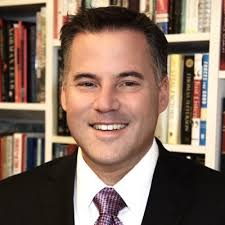
“They generated more than 4,000 media mentions, reaching a total potential audience of more than 11 billion. This doesn’t capture all the broadcast coverage, which included live interviews conducted by CNBC, Bloomberg, Bloomberg Radio, Fox Business, Yahoo Finance, and Cheddar, among others.”
Then there were the 4,000 visitors and panelists who added to the wave of interest that put SoCal top of mind in all sorts of places around the world.
You can get more on them and the action here.
OC Does Milken
Any notion of an “Orange Curtain” getting in the way of executives who traverse the OC and LA markets was blown away during a 90-minute window on the morning of the first full day of the conference. A trio of high-powered OC execs could be spotted playing various roles as a set of panels started in the 10:45 a.m. time slot on April 28.

One panel featured former Fullerton-based Congressman Ed Royce, who’s now with Washington lobbyist Brownstein Hyatt Farber Schreck; another included Emmanuel Roman, chief executive of Newport Beach-based Pimco; and Mike Mussallem, boss of Irvine-based Edwards Lifesciences, was busy with an interview in the crowded hallway just inside the hotel’s main entrance.
Zocalo Zeroes In
It wasn’t long ago that a lot of folks worried about the “coarsening of our culture” – a concern that seems almost quaint these days.
The truth is that our society now rewards coarseness in many ways.
Unapologetically rough-edged fame-seekers gain status as “influencers.”
The extreme case is the fellow who rode a streak of reactionary rudeness to the presidency.

It’s important to emphasize that President Donald J. Trump didn’t break into the White House. He was handed the keys by way of an election.
You can argue all you want about oddities and irregularities, but Richard M. Nixon could have done the same in 1960. The vote for Trump was certified in the same manner that made John F. Kennedy our president back then.
That doesn’t make Trump’s coarseness and rudeness any less embarrassing. And it doesn’t mean that Trump’s habit of using provocative language in service of self promotion doesn’t hold the potential to be destructive.
That potential exists.
It’s also true that destruction might not come to pass at all.
And it’s just as true, in my view, that our president tempts it with his language, tone and tenor as he marks off lines of division that threaten to turn our American melting pot into a set of separate pressure cookers.
The sort of enmity that gathers in opposition to Trump under the banner of political “resistance” isn’t likely to help avert whatever danger might be stirred up by Trump, or to repair whatever damage might be done.
Articulate and fair-minded reviews and critiques of the president’s comments, manner and policies might help, though.
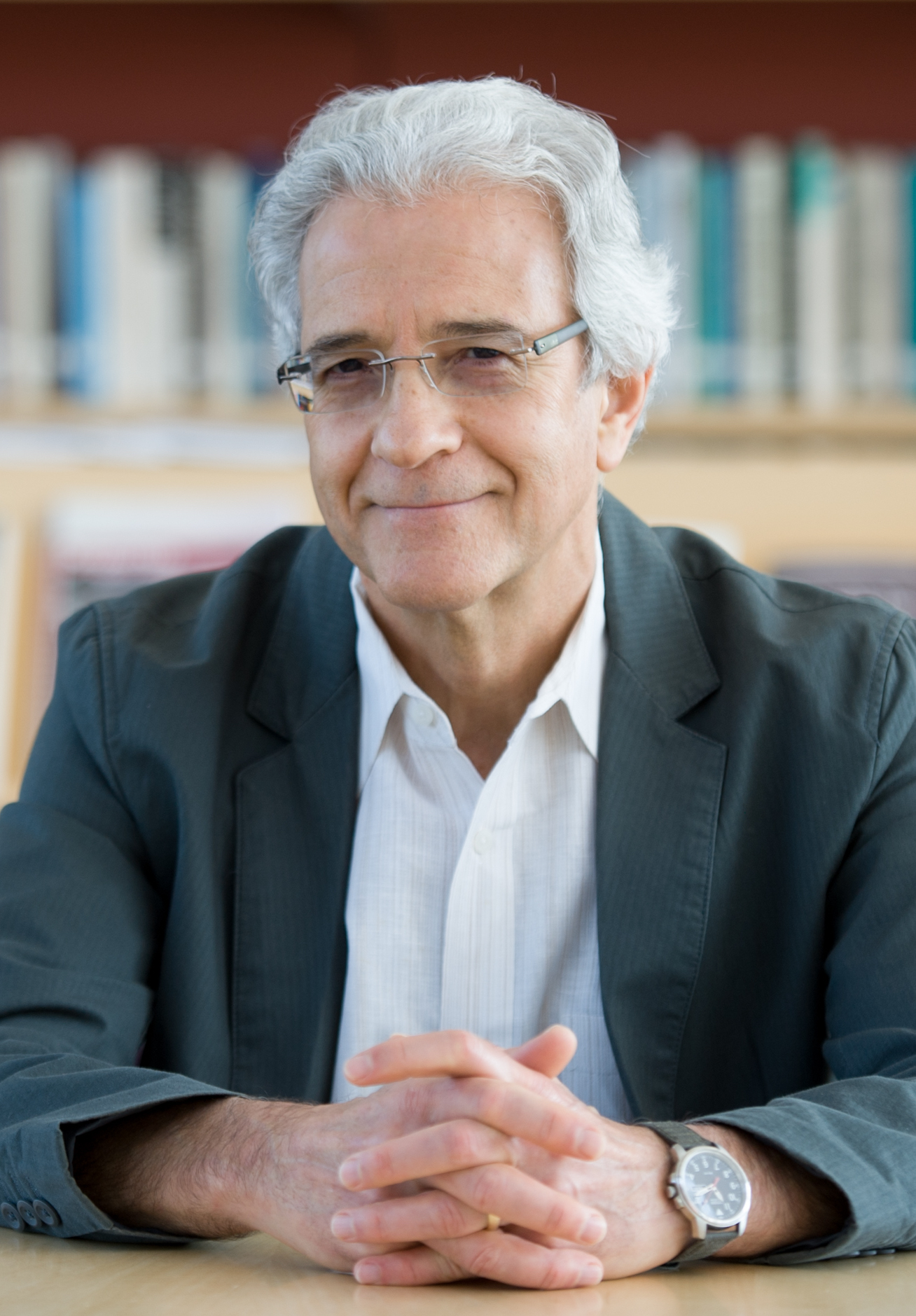
That’s why I was heartened to hear Omer Bartov, winner of Zocalo Public Square’s annual Zocalo Book Prize, respond in measured, thoughtful tones when someone asked him the question that was likely on most minds of the 200 or so folks who came to listen to him talk after accepting the honor from the nonprofit at the National Center for the Preservation of Democracy in Little Tokyo on May 2.
Bartov’s book, titled Anatomy of a Genocide: The Life and Death of a Town Called Buczacz, tracks the horror that overtook his mother’s hometown in Eastern Europe during World War II. It offers the story as a cautionary tale that asks “How do people who long lived together as neighbors come to turn on – and kill – each other? And can we teach ourselves to spot the early steps towards genocide so that we might prevent it in other countries or even our own?”
 Bartov’s talk included a number of salient points about some of the conditions that accompany genocide or ethnic cleansing or other forms of community violence – efforts to separate members of some group from the larger society, calls to target them as problems or even enemies, and the use of language that degrades their humanity.
Bartov’s talk included a number of salient points about some of the conditions that accompany genocide or ethnic cleansing or other forms of community violence – efforts to separate members of some group from the larger society, calls to target them as problems or even enemies, and the use of language that degrades their humanity.
The question of how Bartov, a professor of European history at Brown University, would compare his historical understanding to the current day and President Trump seemed to be floating in the air all evening. Then a member of the audience named Natalie Moreno – and it was a verbal ID, so the spelling might be wrong – put it on the table with the final chance in a Q&A after the author delivered his prepared remarks.
Moreno asked in a fairly direct manner– she didn’t let negative feelings about the president jut too far into her inquiry.
Bartov responded like a credentialed academic with professional integrity, and finished with an appropriate revelation of his personal view.
It was a smart exchange, and provided something many members of the Democratic Party and self-described “progressives” have yet to come up with: a cogent next sentence to follow their declarations of “resistance” to Trump.
Kudos to Bartov, Moreno and Zocalo for providing the forum for a session that yielded more intelligence in the following 2-minute video than you’ll likely get watching the next 100 hours of cable TV talk.
Zocalo Zeroes In II
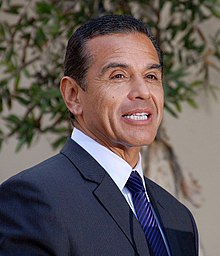
Gregory Rodriguez, the founder and publisher of the nonprofit, last week held out the promise of another dose of thoughtfulness with word that an annual Antonio R. Villaraigosa Lecture is expected to kick off later this year, with preliminary plans for the event to present new perspectives on Los Angeles – past, present and future.
The former mayor of LA and speaker of the California State Assembly recently joined the Board of Trustees of Zocalo, which operates as a “knowledge enterprise” of Arizona State University.
Counter-Intuitive Call on LA
The Los Angeles County Museum of Art also made room for some thoughtful talk when it gave annual passholders the chance to view an early screening of Meeting Gorbachev.
 The documentary proved to be a compelling portrait of Mikhail Gorbachev, the final leader of the now-defunct Soviet Union.
The documentary proved to be a compelling portrait of Mikhail Gorbachev, the final leader of the now-defunct Soviet Union.
Director Werner Herzog, who talked briefly before the film started and stayed around after for a Q&A, made another compelling point.
Herzog told the crowd that he picked LA as his adopted hometown because he found it to be the “city with the most substance.”
Not the typical assessment, but Herzog assured the crowd that once “you move beyond the glitz and glamour you get to the substance” of LA.
Then the film rolled and provided a wonderful example of getting beyond the glitz and glamour – not to mention the caricatures and assumptions about the Cold War – to present an extraordinarily substantial look at a prime historic figure and give a different perspective on geopolitics.
Wrong Ocean
Don’t know if the news rack for the German Times just down the street from LACMA on Wilshire Boulevard was left over from a movie shoot, a nod to Herzog’s heritage on the day of his visit to the neighborhood, or a new push to develop what the newspaper calls its mission of developing “the special relationship between the United States and Germany.”
I thought Franklin Roosevelt and Winston Churchill cemented the “special relationship” as something unique to the U.S. and Britain with the Lend-Lease Act during World War II – and anyone who’s not familiar can Google that one.
And I note that the newspaper’s tagline of “A Trans-Atlantic Newspaper” is off base in LA.
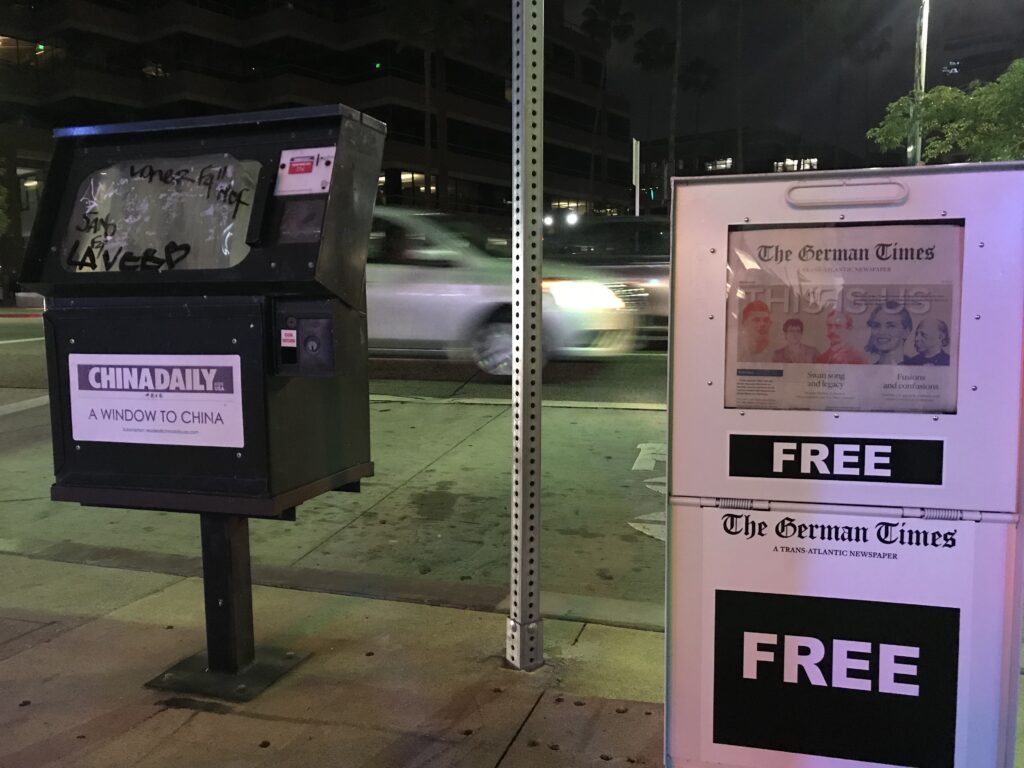
There is some method to the madness, though – the news rack for the German Times was spotted next to the English-language China Daily outside the Starbucks at Wilshire & Courtyard Place.
Sullivan Says
Someone please tell me how the 710 Freeway between the 105 and the 91 can be so much smoother than Wilshire between Downtown and Koreatown.

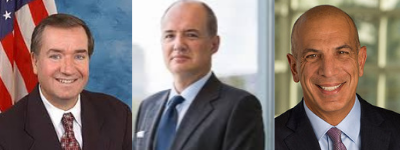



Let’s do lunch !!